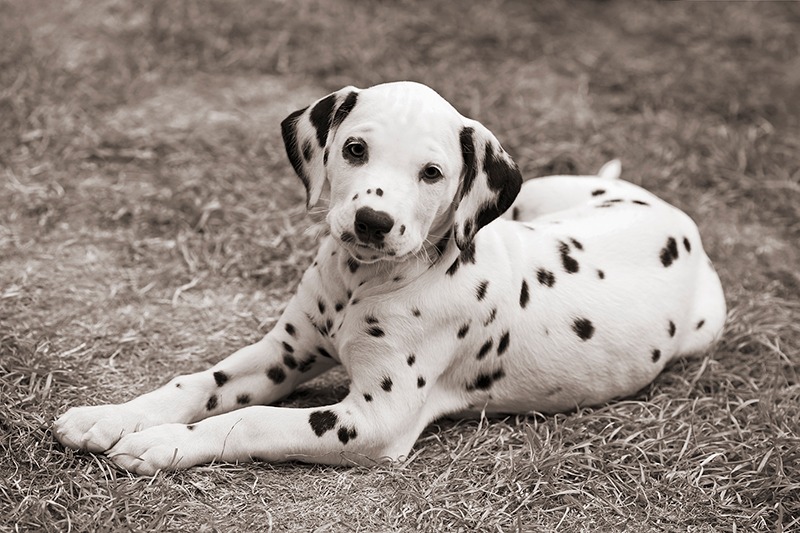Staying up to date with common, let alone rare, health risks in susceptible dog breeds can be difficult. In this regular feature, our Educational Partner, the International Partnership for Dogs (IPFD), signposts resources on a particular breed and highlights breed-specific diseases
Meet the Dalmatians – Update Your Knowledge!

Meet the Dalmatians – Update Your Knowledge!
IPFD has published “Get a GRIHP! on Dalmatians” as an in depth examination of health and well-being of this breed. “Dalmatians are playful, friendly, sensitive, and loyal companion dogs, historically served as watch dogs, perhaps as hunting dogs and were known to accompany carriages and fire wagons.”1
“Dalmatians are an overall healthy breed. Many individual dogs reach 10+ up to 15 or 16 years of age.”1 Health strategies from various countries recommend or require screening to keep watch on conditions of interest (see figure below). Hip dysplasia is one of the frequently recommended or required screenings for the breed, but Dalmatians are not prone to severe hip dysplasia. According to Agria insurance statistics, more common are problems with shoulder, hock, and vertebrae along with heart conditions.

Dalmatians have the SLC2A9 mutation fixed in the breed. Thus, purebred Dalmatians are all homozygous for the mutation. This can lead to problems caused by hyperuricosuria (HUU; increased urinary uric acid): urate crystals, urinary bladder aggregate formation, urate stones, and conditions that ultimately may lead to urinary tract obstruction.2,3 A crossbreeding with a Pointer was done in the 1970s, with the objective of introducing the normal gene variant into the breed. Dalmatians which have received the normal variant are called LUA (Low Uric Acid) or nowadays preferentially NUA (Normal Uric Acid) Dalmatians.3
“Breed-specific breeding programs recognise skin issues: allergies, atopies, furunculosis, fungal and ear infections as problems in the breed. In bronzing skin syndrome (“Dal crud”), affected dogs have a patchy hair coat and their skin has a bronze hue. There is inflammation of the hair follicles. This appears to be related to the excessive uric acid excretion that occurs in the breed.”1
Dalmatians may have deafness associated with their white colour. Hearing is routinely tested with BAER (Brainstem Auditory Evoked Response) method before the age of 7 weeks. For genetic basis of deafness in the Dalmatian, see the poster presented in the 4th IPFD International Dog Health Workshop.4
Dalmatians are energetic, athletic, and intelligent. They will not do well living in confined spaces. Vets should advise clients and prospective owners – especially as there has long been concern that seeing these distinctive dogs on the big-screen in Disney’s films, 101 Dalmatians and more recently in Cruella, prompts many people to rush into buying one, without considering whether they actually have the means necessary to own one long-term.
References
- Get a GRIHP on Dalmatians – https://dogwellnet.com/content/health-and-breeding/breeds/breed-specific-health-reports/get-a-grihp-on-dalmatians-r785/
- Lua Dalmatians World – https://www.luadalmatians-world.com/enus/
- Low Uric Acid Dalmatians – http://www.luadalmatians.com/
- Wade, Carter, Brancalion, Haase, Child 2019. Genomics of deafness in the Dalmatian – https://dogwellnet.com/files/file/440-genomics-of-deafness-in-the-dalmatian/
Interesting Links
The International Partnership for Dogs (IPFD) is a non-profit working for dog health, well-being, and welfare.

full


